We often hear it said that certain people – more or less famous – “need no introduction.” In the case of Rossana Orlandi, the phrase finally rings true. For over 20 years – since 2002, when she shifted from fashion to design, rapidly becoming a real guru – Orlandi has run a gallery of reference on an international level, tracking down avant-garde movements and ideas, and standing out in a sector she willing defines as “a marvelous world,” as she also repeated on the telephone, on the eve of the reopening of her Rossana Orlandi Summer Gallery in Porto Cervo.
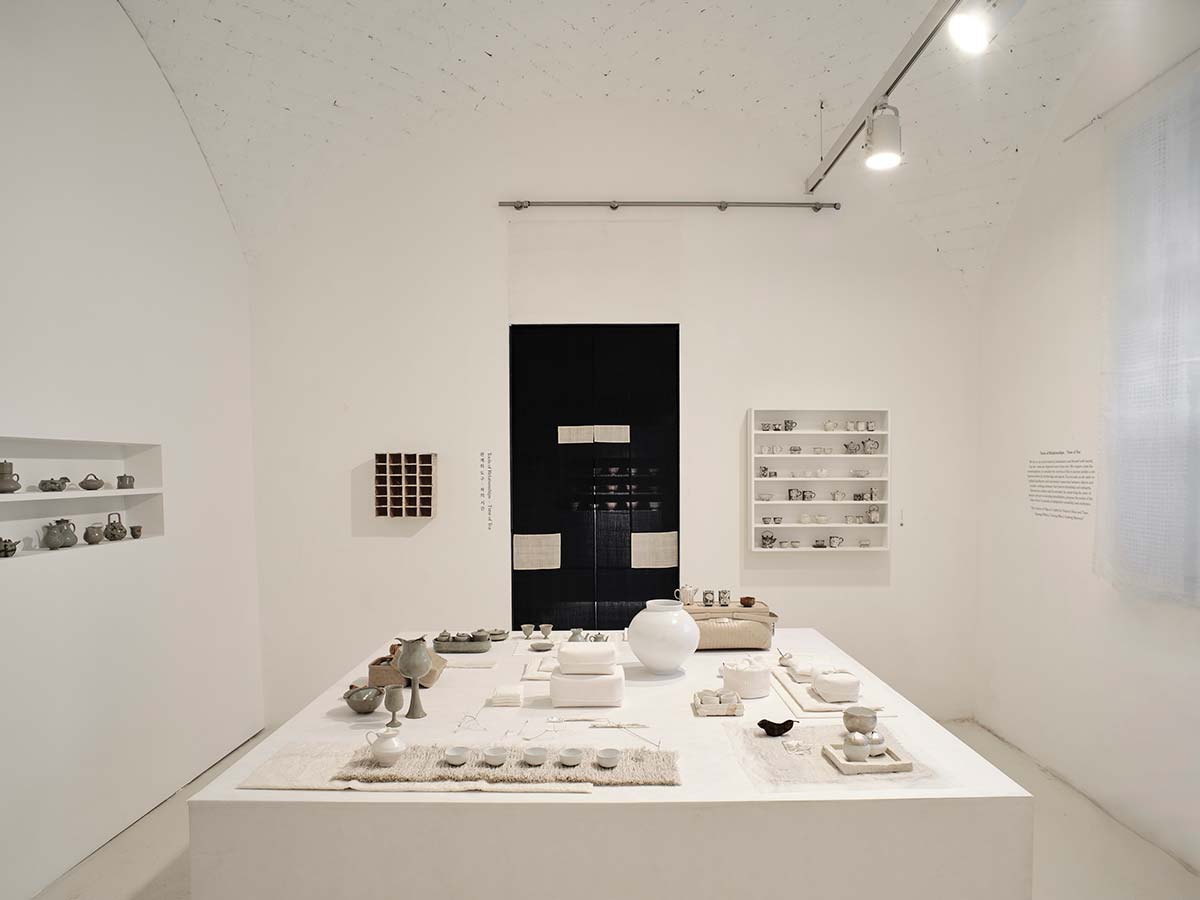
“Marvelous” in what way?
In the sense that design is a democratic scene, inhabited by real people with an open mentality, where friendship really exists and there is no need to pursue crazy time frames for the presentation of new collections, as happens in fashion. In design, good ideas can emerge at any time.
What do you think of the ideas presented during the latest Salone del Mobile in Milan?
There were some good ones, though I was not able to get around much, since I was stuck in my space (the Rossana Orlandi Master Gallery at Via Bandello, ed). Looking at the reports and photographs of the various exhibitions, I could tell that there were exceptional pieces on view, and a very high level of quality.
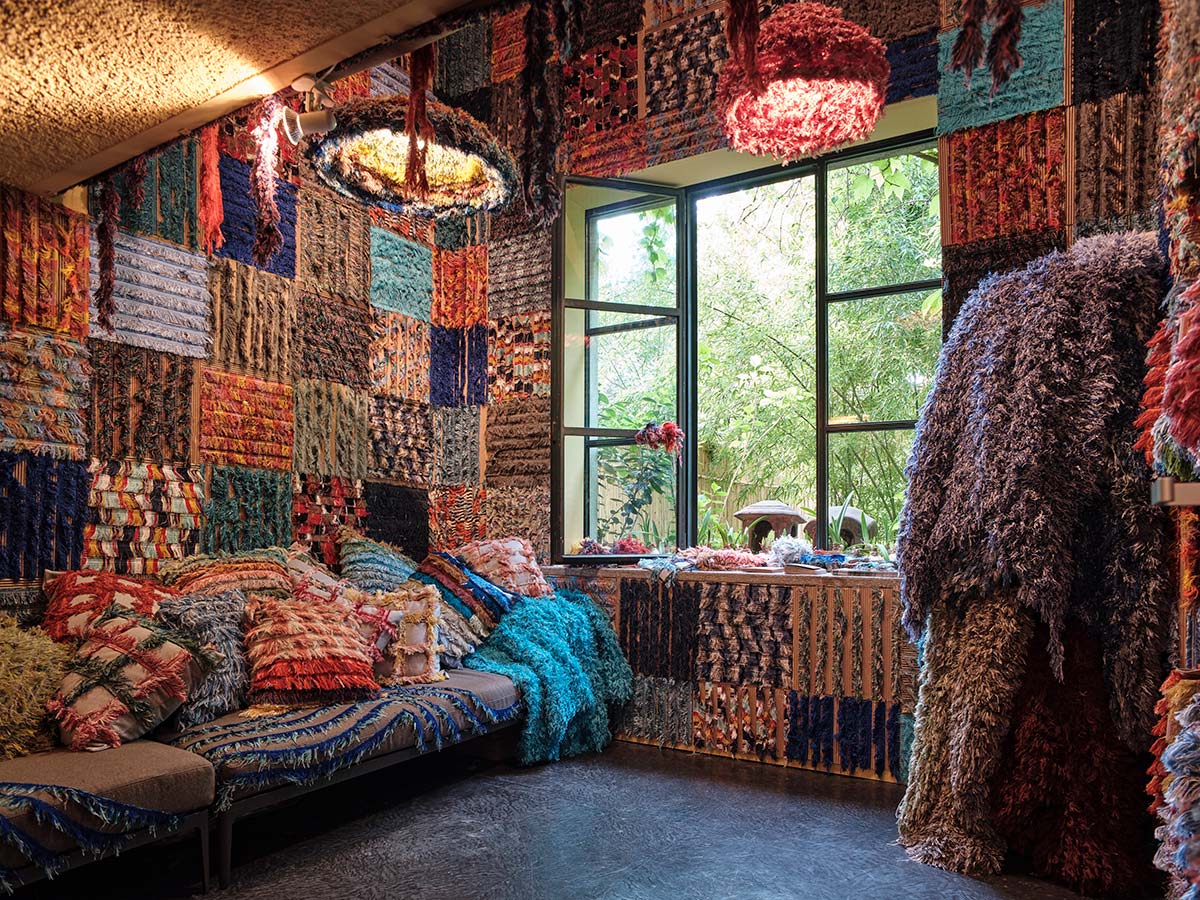
So kudos all around?
“No, there was one thing that bothered me.
What was that?
The fact that the Venice Biennale decided to have its opening precisely on the days of the Salone del Mobile. I thought that was disrespectful, and also a sign of weakness on Venice’s part. There should not be this sort of interference between fashion, architecture, art and design, it was an unappealing Italian-style operation, also on an international level.
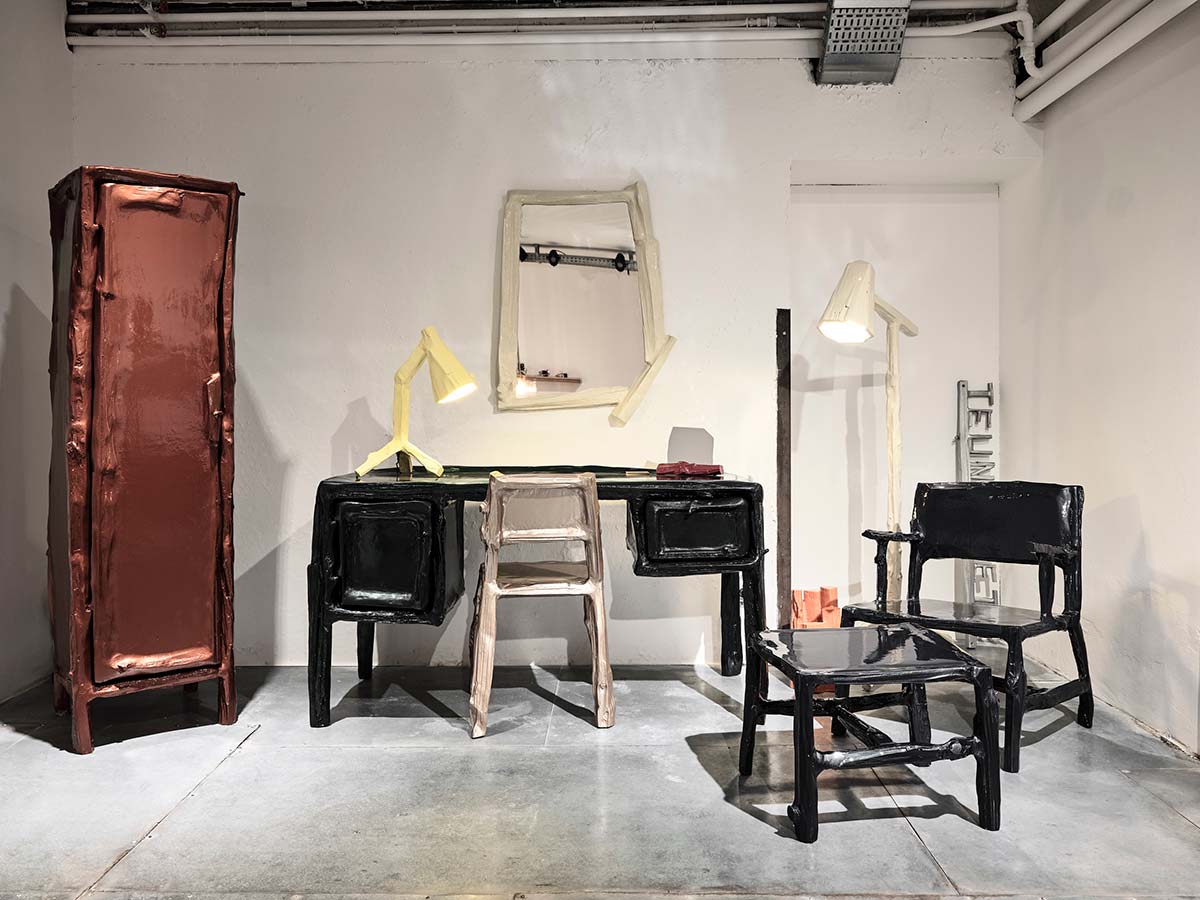
Getting back to the Salone: no criticisms on that score?
I think there was a bit too much to see in the FuoriSalone: at this point all kinds of things are on display, including some real silliness, and that is a mistake.
Do you like the fact that the FuoriSalone has become so “widespread” with respect to the past, in terms of distance from the center?
The idea is good, but the results are often chaotic. Buyers now have less time to visit the Salone – also due to the shameful cost of lodgings – and it is hard to see everything. What counts in the end, though, is that there should be beautiful things around to be seen, while I see too many ugly things that can crowd them out. Lately, it seems to me that the business of renting out locations takes over, without regard for quality.
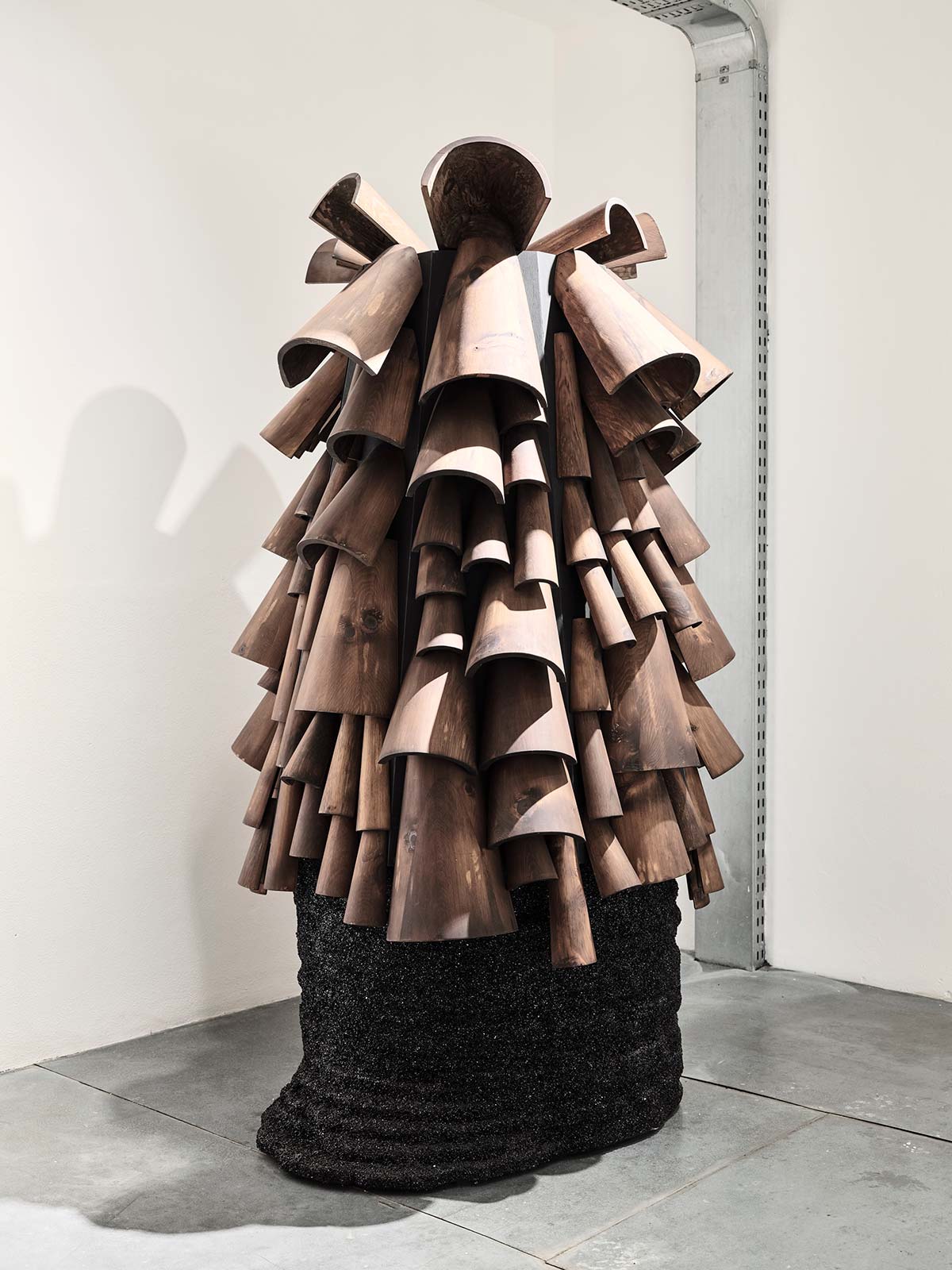
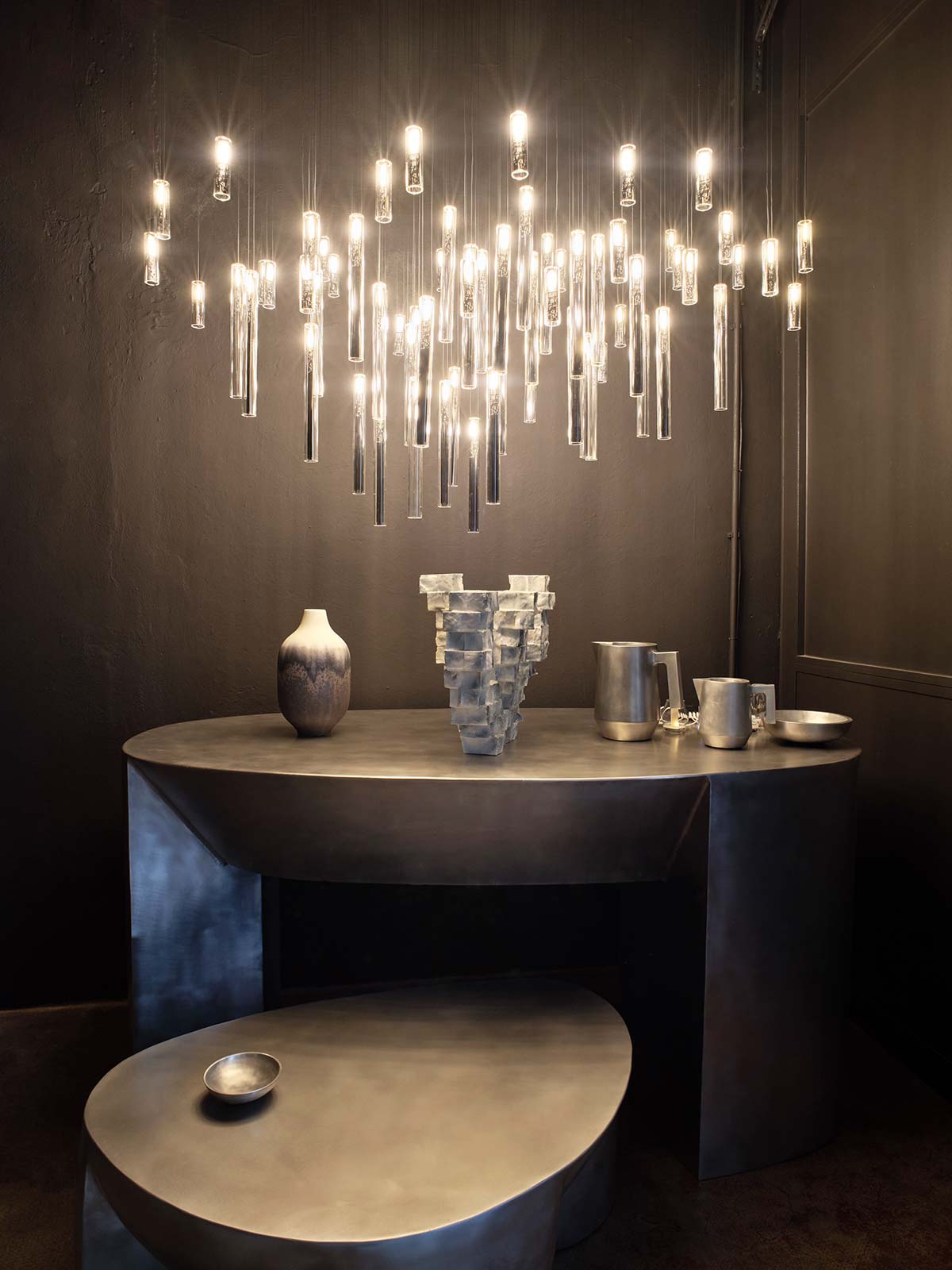
Exceptions?
“This year Alcova (the curatorial project launched in 2018 by Valentina Ciuffi and Joseph Grima, which during the FuoriSalone enables people to rediscover abandoned and nearly unknown sites in the city, ed) was in Brianza, where they opened up Villa Bagatti Valsecchi and Villa Borsani: two amazing places and a great success.
Where do you go to find the most interesting designers?
It’s hard to say where, because today with the social networks everything is visible from anywhere. In the past I had to pack my bags and head for Africa to find niches of unknown artists; today I just go to Instagram to come across all kinds of very interesting artists and/or artisans. And in this moment there are also many of them in Italy.
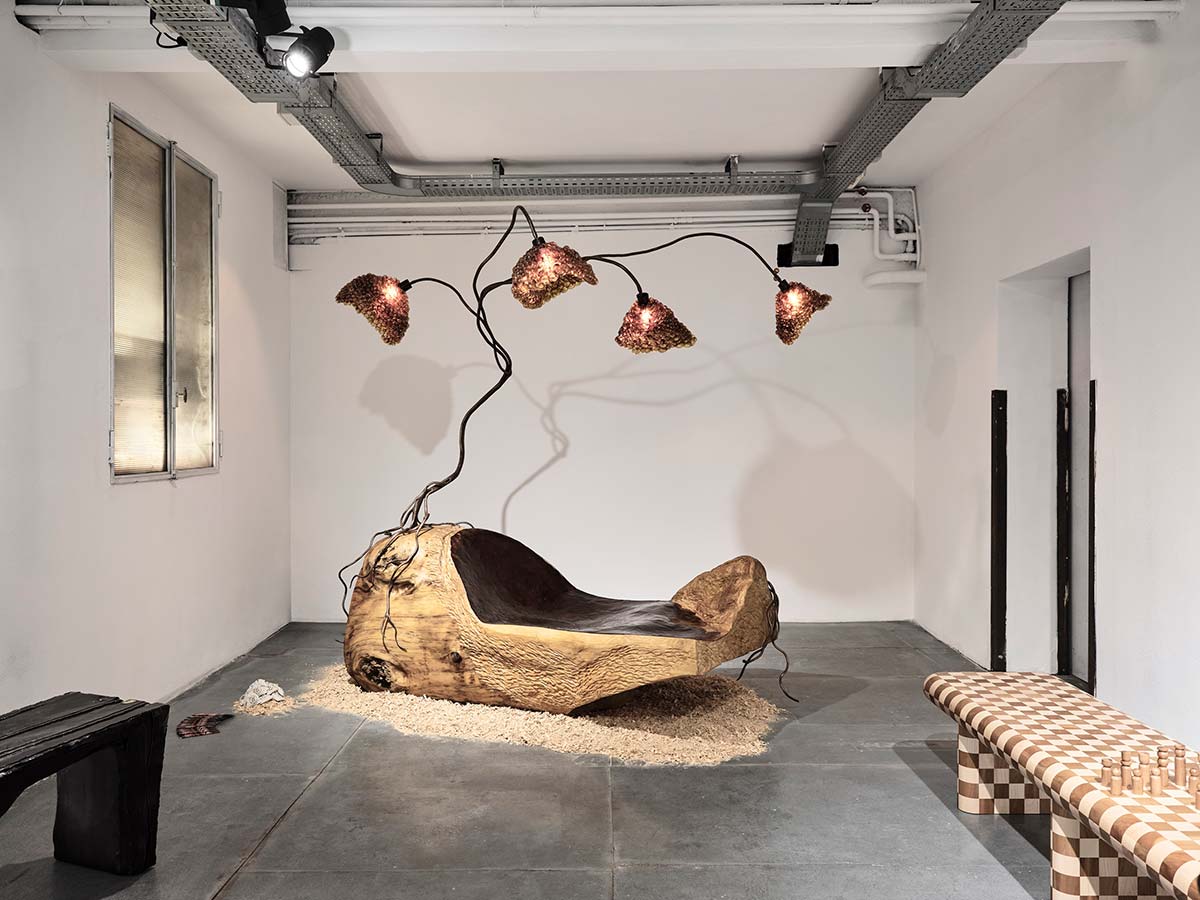
Names?
I never drop names.
Is looking at Instagram part of your everyday work routine?
Every morning I have a look: it is a tool I think is very interesting, and if I can’t use it for a while I miss it.
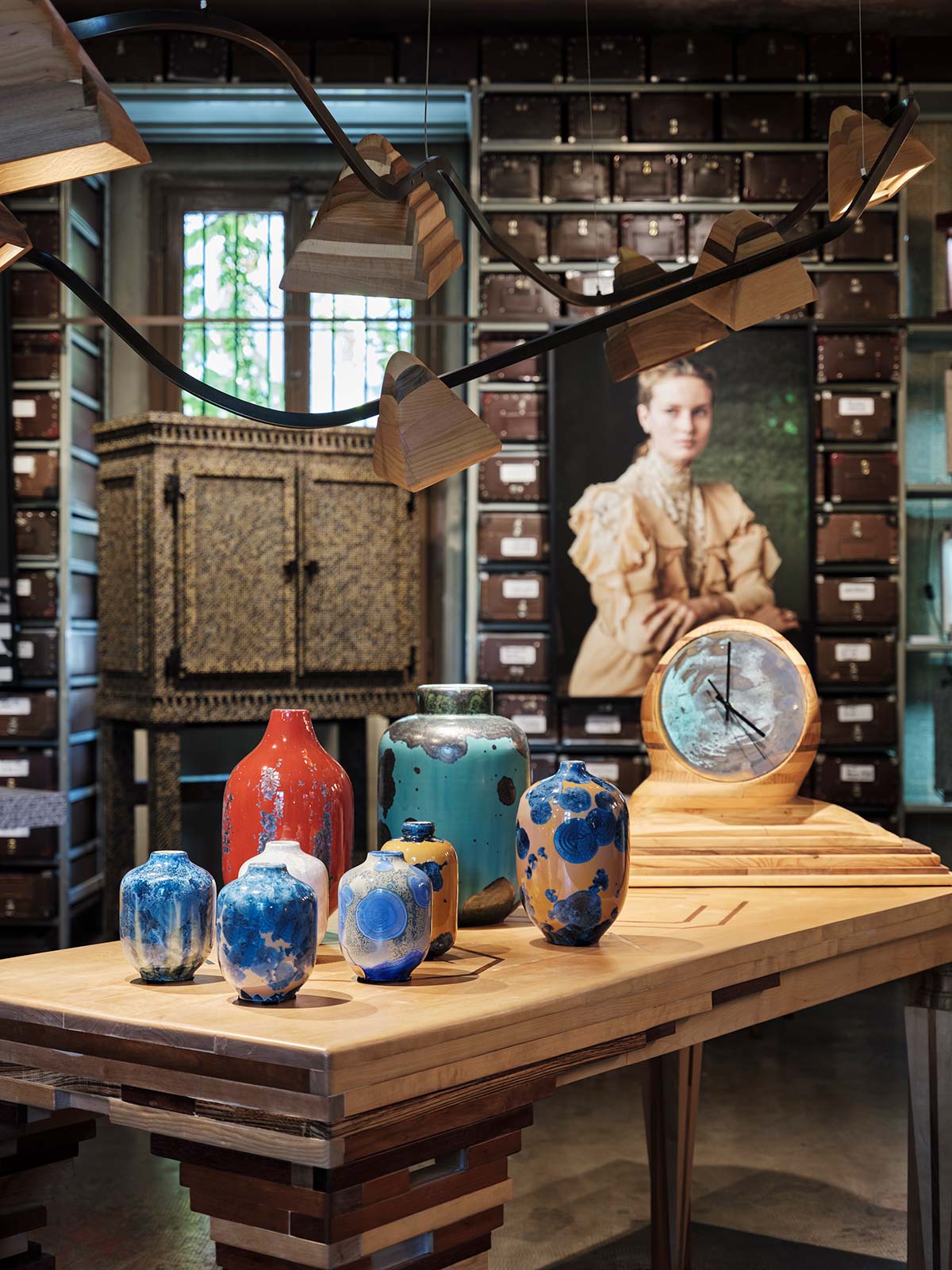
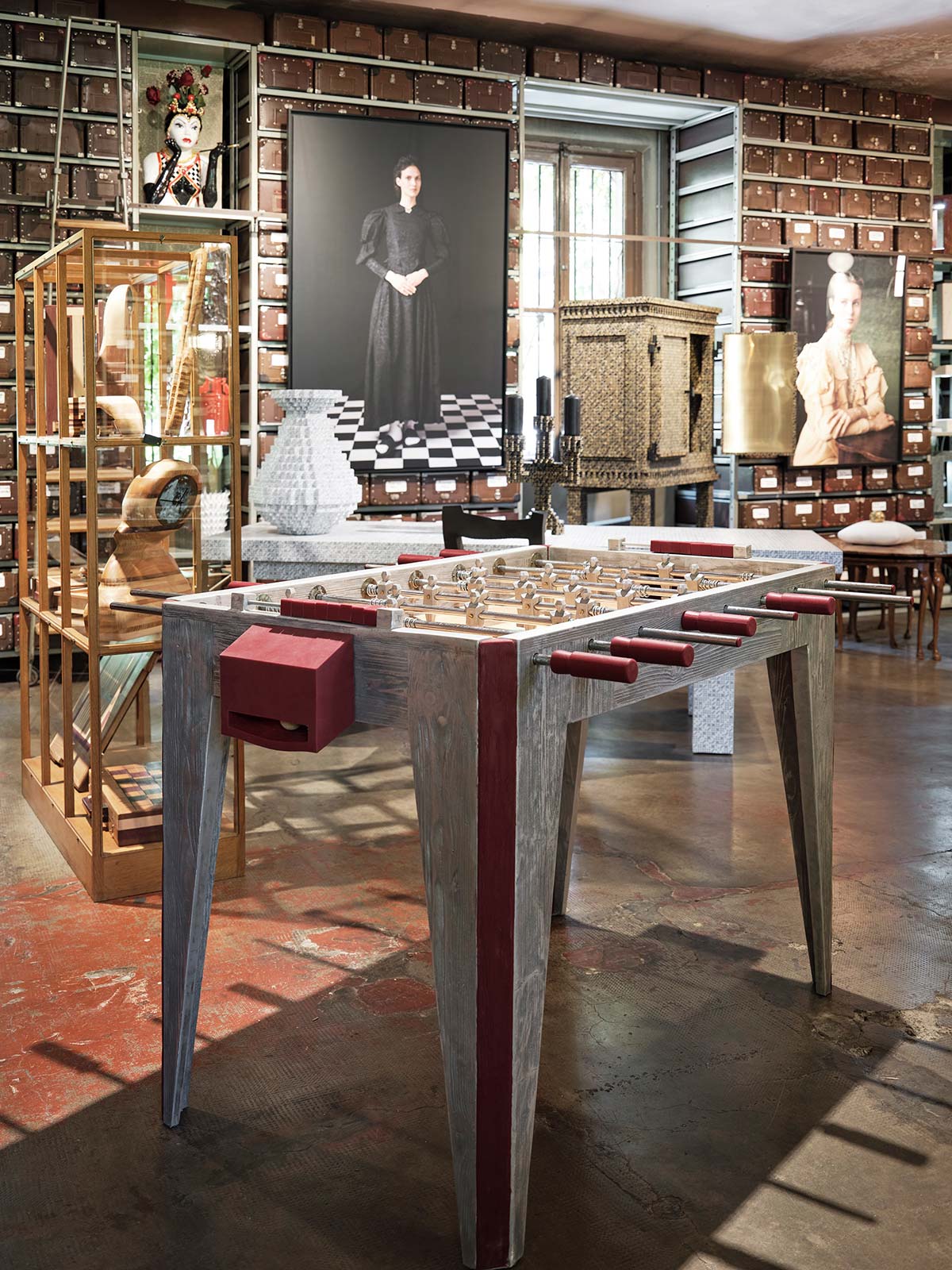
Do you also use TikTok?
I like videos less, and I never watch the stories. With the exception of animal videos, there are some amazing ones out there. The other day I saw a tame crow playing with a dog and a cat, who did all kinds of things to the bird. It was delightful.
Getting back to design, what’s your view on the comeback of vintage pieces?
It shows that we have had great masters who have created remarkable and truly marvelous things, which still have a lot to teach us.
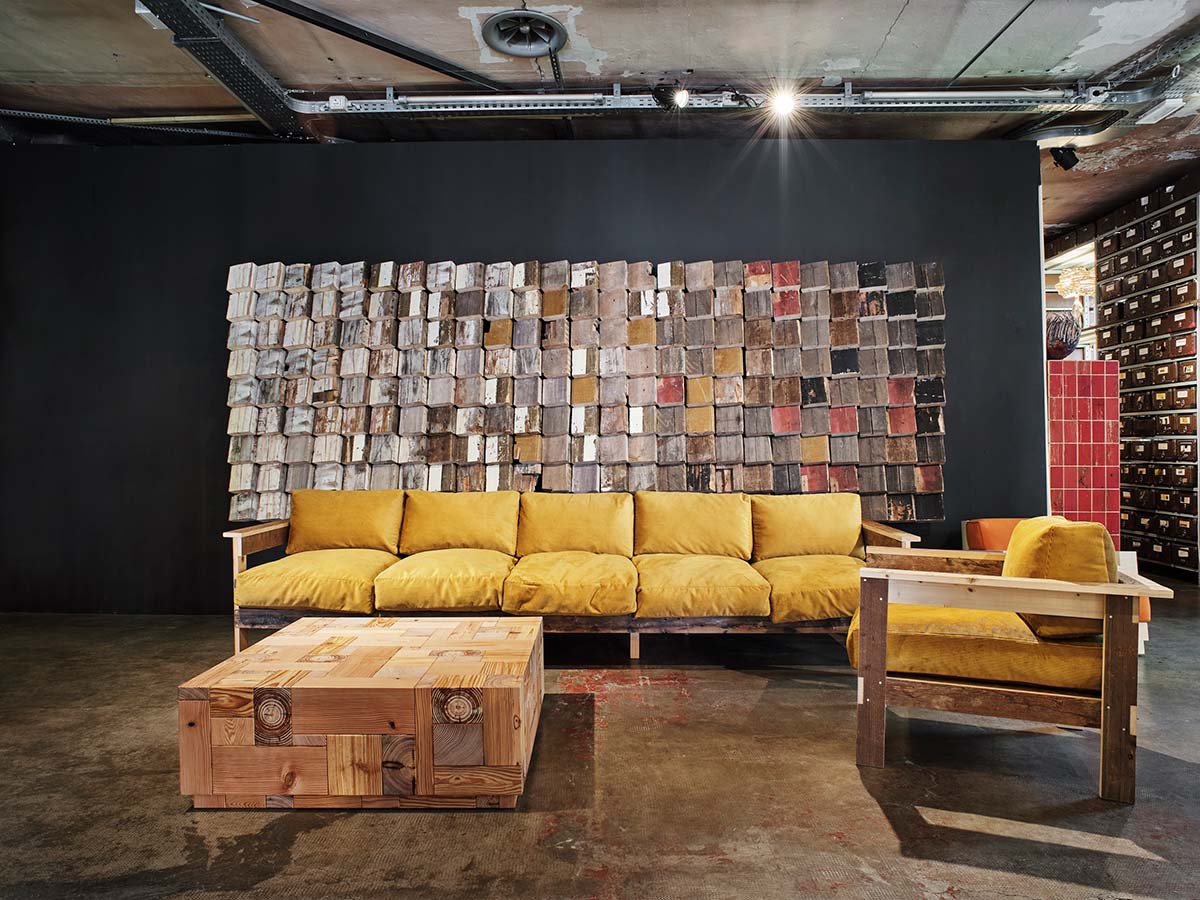
Is “repeating them” a sign of tribute or of a lack of creativity?
It depends. There are designers who simply draw inspiration from these creations of the past, and this is only natural; others, instead, tend to replicate, and it doesn’t work. I remember that at the opening of my studio, in 2005, Gillo Dorfles came for the first time, and commented on all the new pieces on display, managing to trace back to every reference, even in small things like the placement of the bolts!
What is your impression of today’s young designers?
They worry me a bit, because many of them think they are geniuses and don’t understand that instead it is very important to listen, to observe others and come to grips. I have always thought that everyone was better than I was, and I learned that way. Arrogance can be really risky, because it can lead to burnout, or a flash in the pan. After a while, resting on your supposed talent brings no more stimuli.
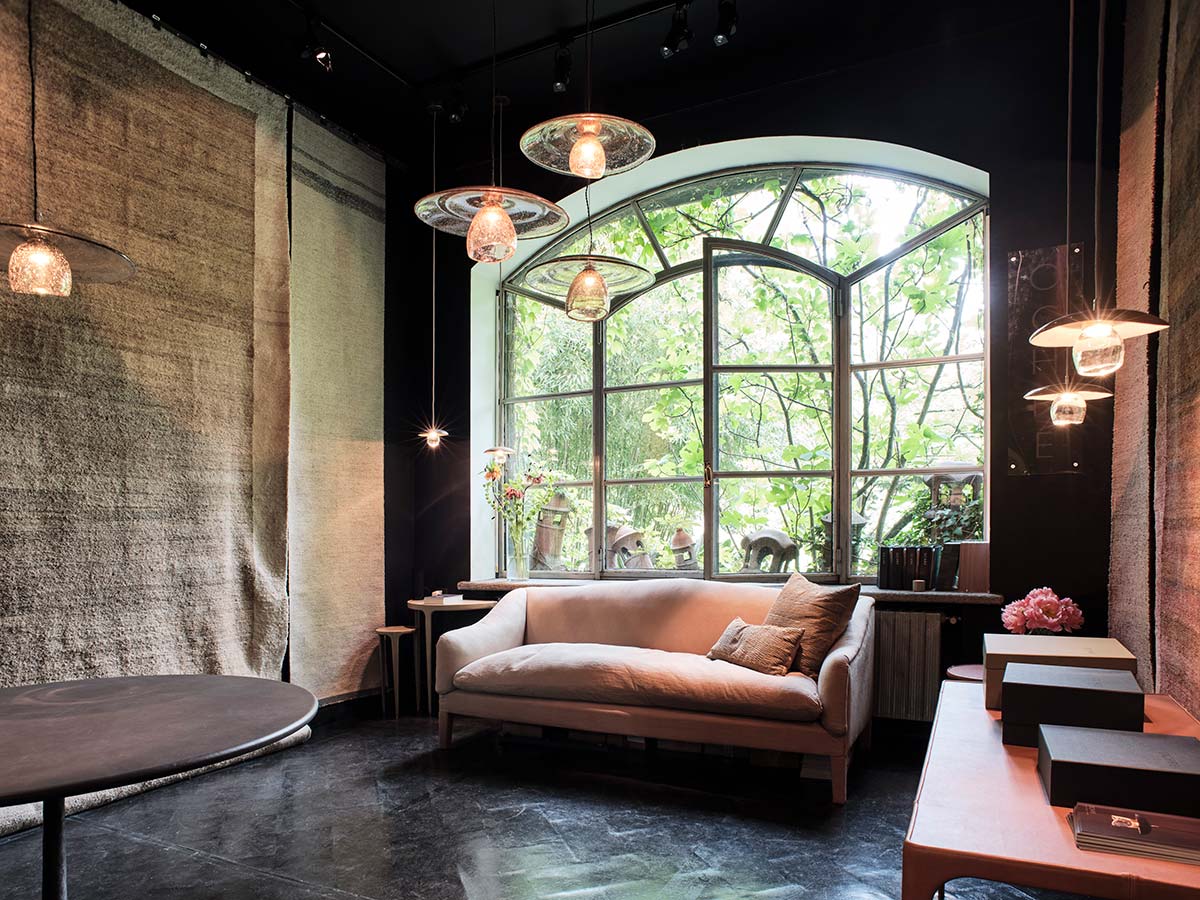
And what about the audience? Is the public more or less refined than in the past?
Good question. The audience is certainly better informed than in the past, and more attentive. There are many people who adore finding exclusive pieces in the area of luxury, who like research and precisely the discovery of something new. At the same time, there is a more demanding and scrupulous public, also in relation to new materials.
Do you also mean new recycled materials?
Yes, some of them are technical quite marvelous.
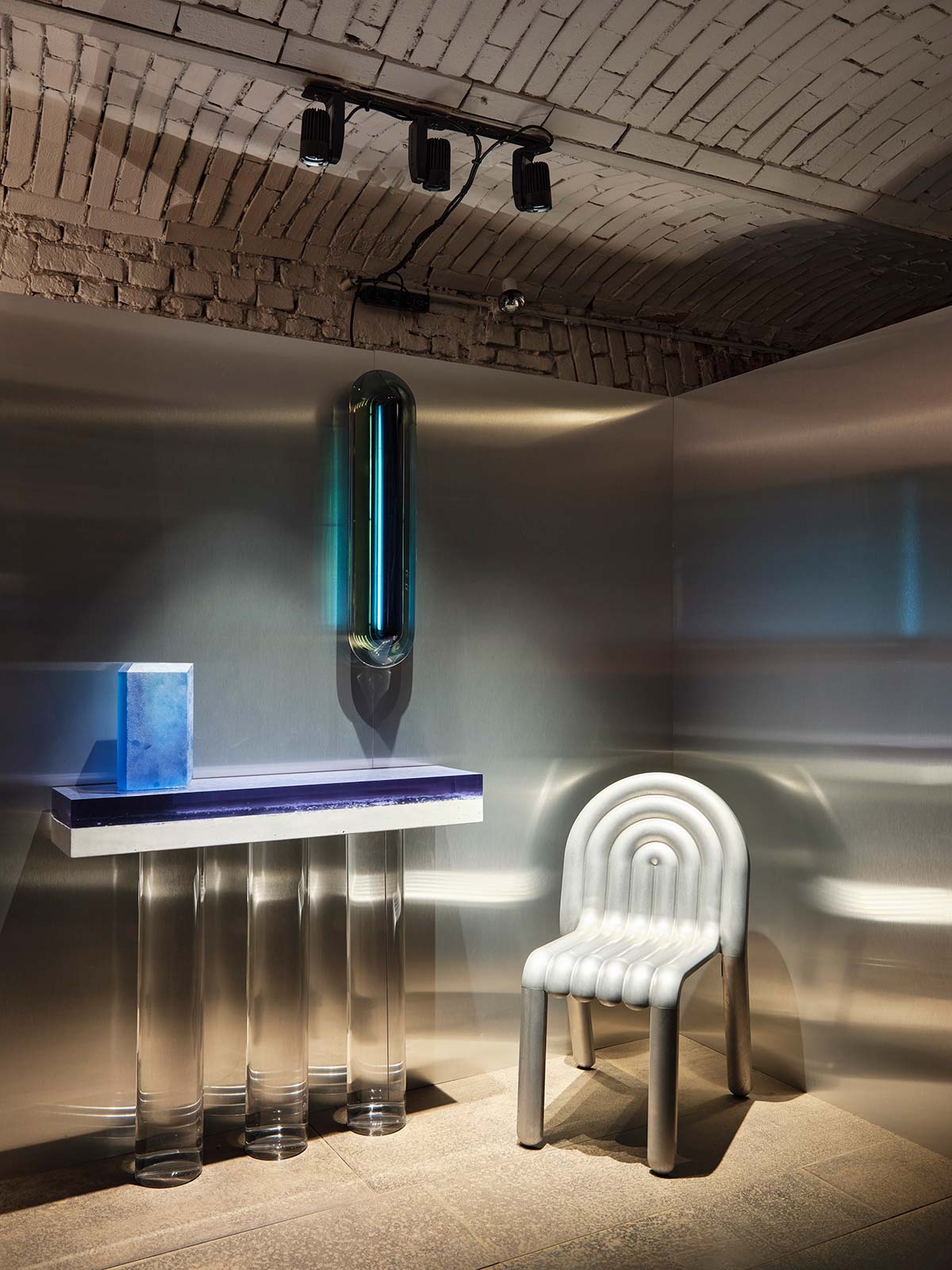
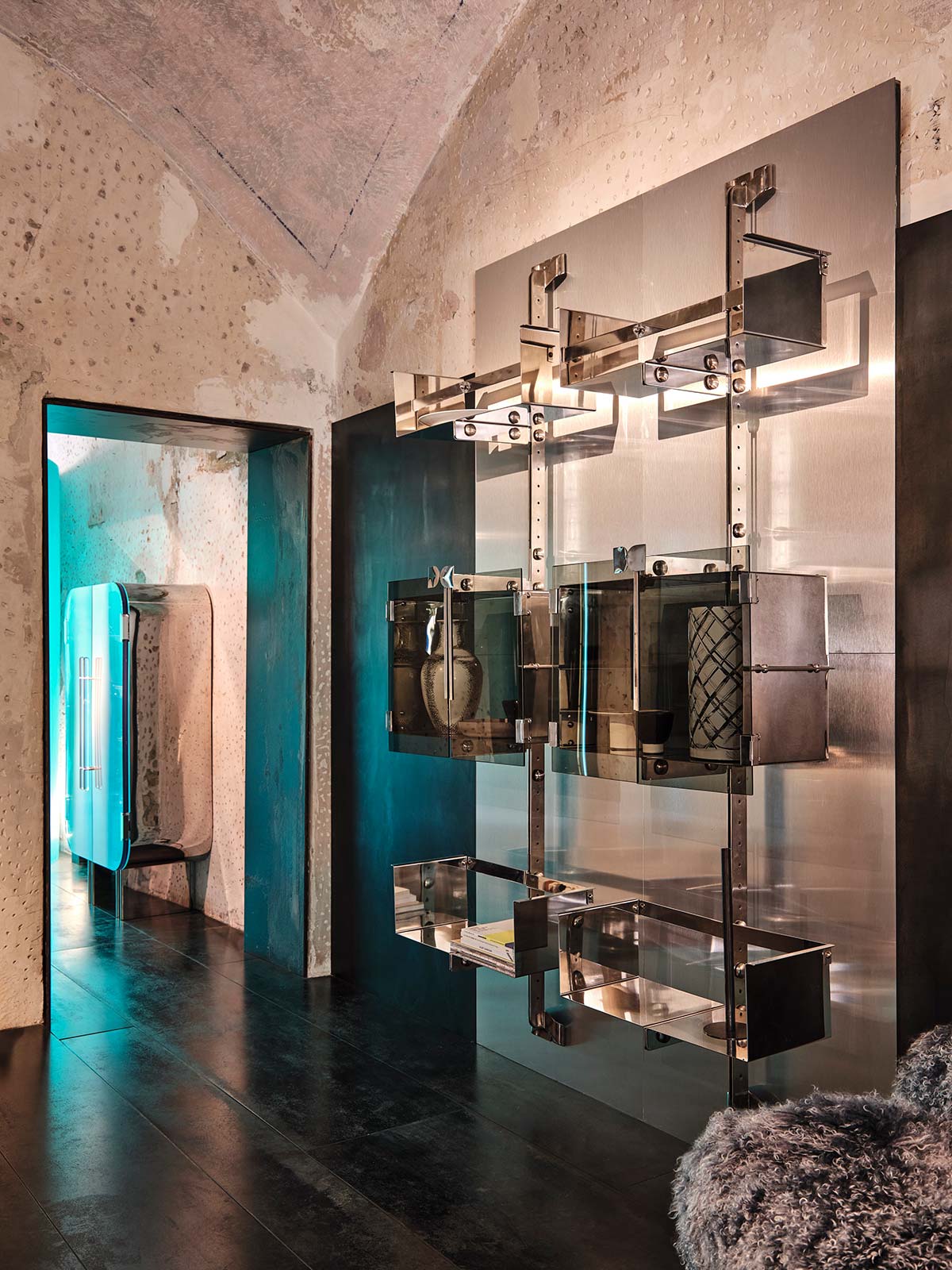
For some years now, design is very much “in vogue.” Do you think this makes it more or less accessible to the public and/or to a young, aspiring designer?
Designers have to make a major effort now. There is much to be done, lots of energy to invest, to manage to offer products that go beyond aesthetics.
To go beyond aesthetics and to have success, do things need to be more artistic or more functional, in your view?
Both things are fine, but what is important is to choose: if a designer chooses art, they should do something that is truly artistic; if they choose functionality, they have to create something that is truly functional. The middle ground is not very convincing.
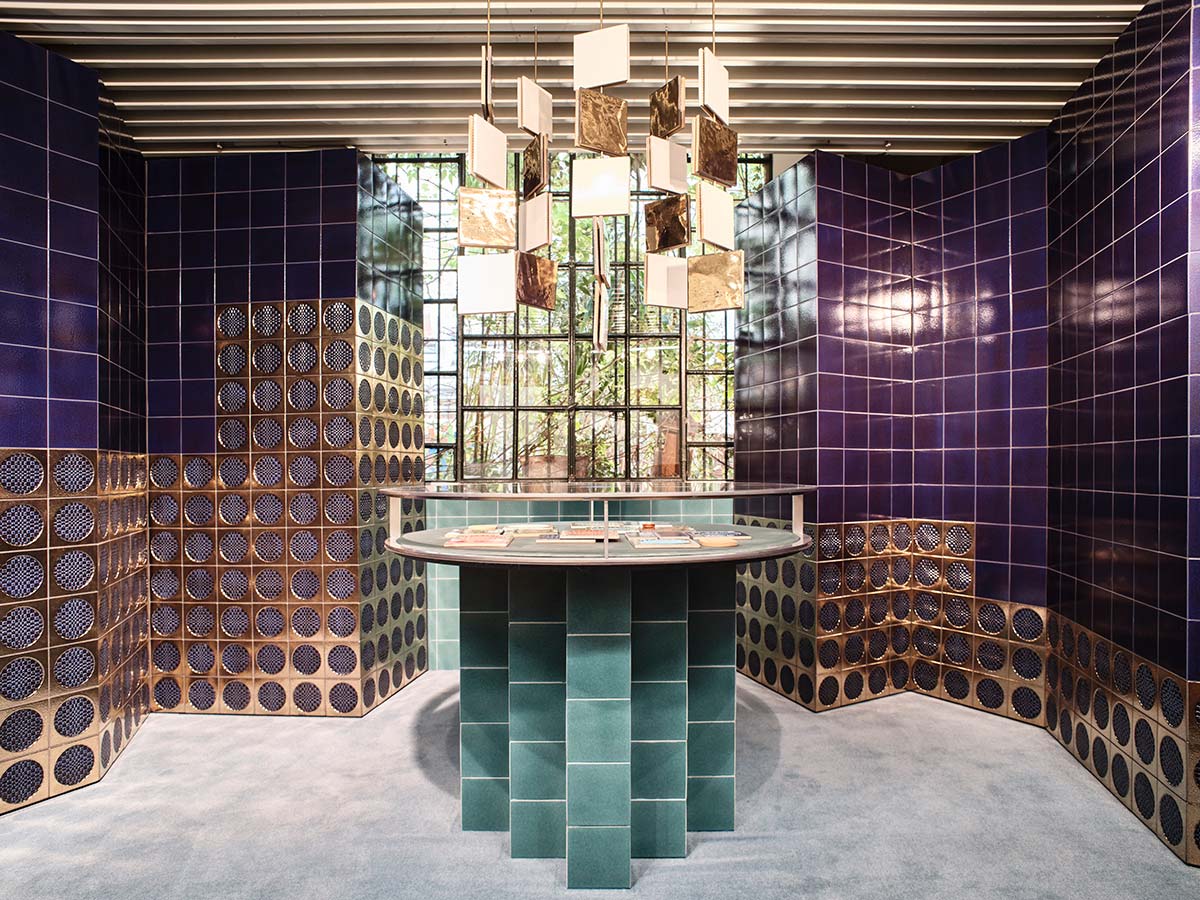
Galleria Rossana Orlandi – Photo © Marco Menghi







